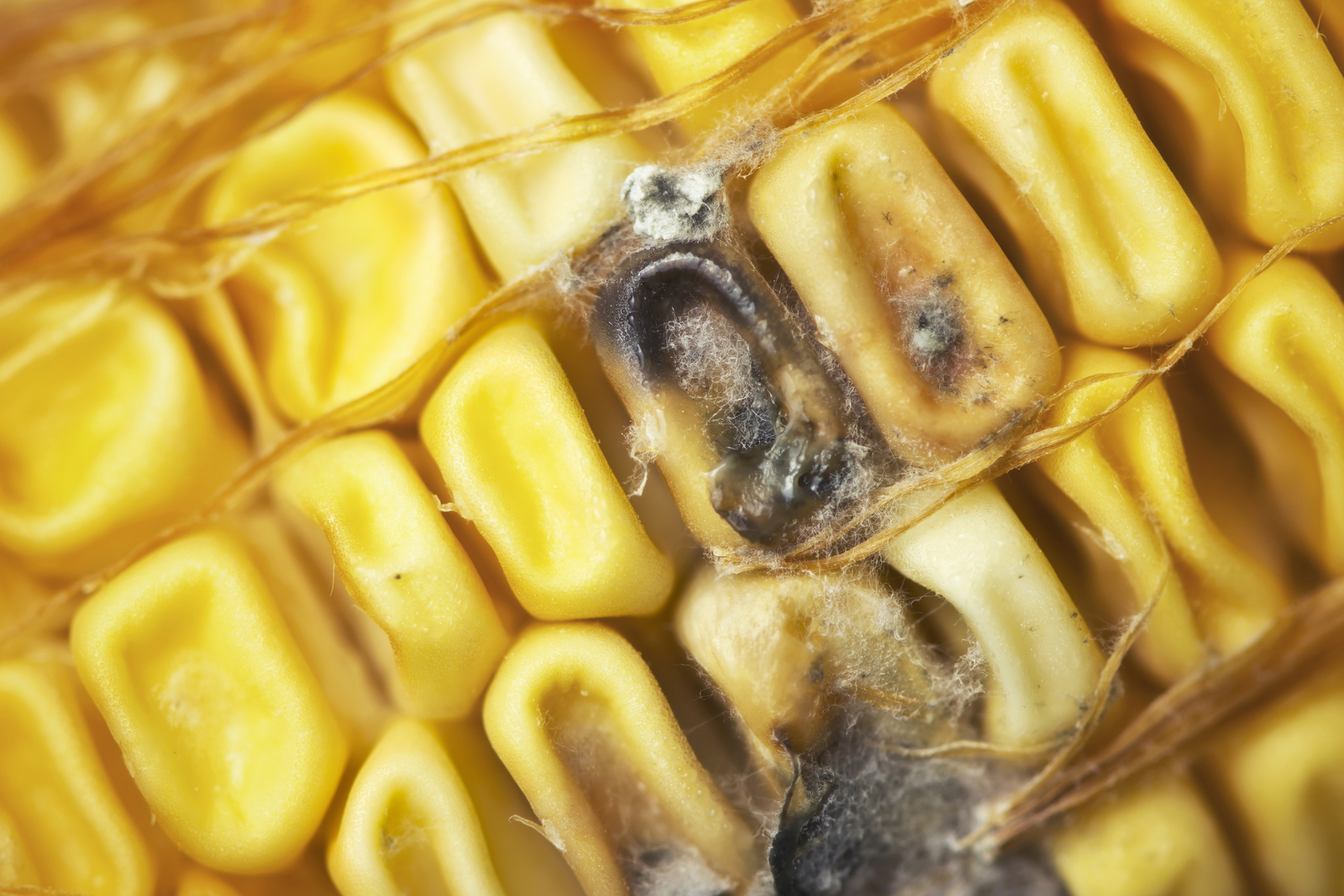Large US crop yield: Mycotoxins remain a threat

The US is expecting large harvest volumes of crop and wheat. But quantity should not distract producers from being vigilant regarding quality and the potential for mycotoxin risk.
This is stated by Alltech mycotoxin expert Dr Max Hawkins. He noted wet weather across the northern Great Plains (leading increased levels of Fusarium head blight), and higher than average temperatures and moisture levels in the corn belt. This is creating the right environment for mould and subsequent mycotoxin issues.
Toxicity of Fusaric Acid
Result from an analysis of more than 100 TMR samples from the US (carried out by Alltech) showed that:
- nearly 18% contained 6–7 mycotoxins,
- 42% had 4–5 mycotoxins,
- 35% had 2–3 mycotoxins, and
- less than 2% had either 1 mycotoxin or 0
Of the mycotoxins present, type B trichothecenes and fusaric acid were most prevalent in 83% and 92% of the samples respectively. “The toxicity of Fusaric Acid is significantly enhanced when feed is co-contaminated with type B trichothecene or DON. Together, the mycotoxins present in the sample group have a REQ, or risk equivalent quantity, of 187 for beef cattle and 211 for dairy cows. For the dairy cows, this level of risk could represent a 0.5-liter loss in milk production per cow per day,” according to Alltech.
See also: The All About Feed mycotoxin focus section: for articles, legislation, effects per species for the main mycotoxins and much more!
Drastic production losses
Derek Wawack, a member of the Alltech Mycotoxin Management team in Wisconsin, noted that he has been fielding an increasing number of calls, emails and texts about fungal infections. “Within just the last couple weeks, these fungal infections have really started to show as the summer has progressed,” said Wawack. “Stress from dry to overly-wet conditions, then cooler weather, has allowed these moulds to begin growing on the ears. Years where we have seen high levels of both Fusarium and Penicillium in the field have typically led to high mycotoxin levels in storage,” continued Wawack. “The results have been drastic production losses, loose manure, edema, bloat, conception problems, abortions, bloodshot eyes, bleeding from the ears and nasal passages and even high mortality rates, along with false positive antibiotic tests within milk from











